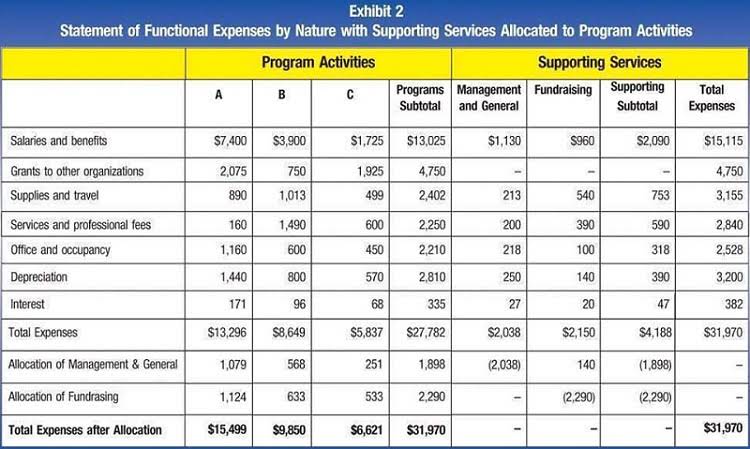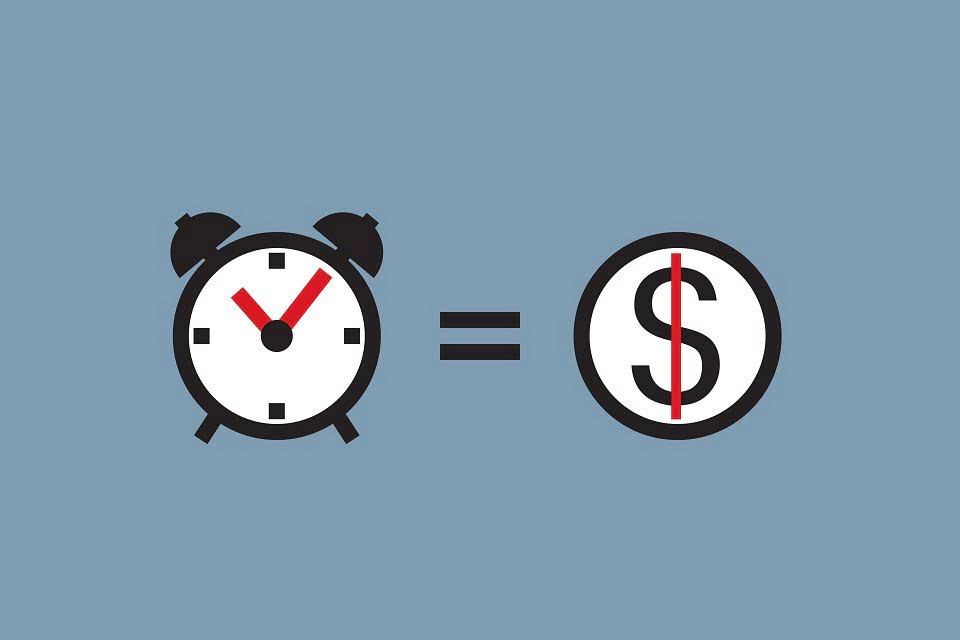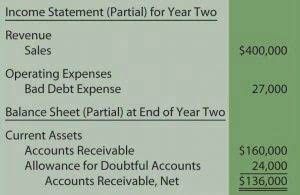Key Financial Ratios to Analyze Retail Banks
diciembre 16, 2020
And then you link them and show it on the Income Statement and you factor in these other items like the Provisions for Credit Losses that are coming from other schedules. If we did not have these, we would have to project them ourselves based on the underlying metrics for these business divisions. We don’t know what those are, so we’re just leaving in what we have for now.

Assets and Liabilities
Provision for Credit Losses is just going to be linked to our number over here for our Loan Loss Reserve Calculation math. Then you have the bank’s Income Statement, we also have the Loan Loss Reserve Calculations, and the bank’s Cash Flow Statement. We have some Off-Balance Sheet Assets for the bank as well, and then we have their Key Operating Metrics and Ratios over here. So we’re going to go through this step-by-step and you’re going to learn how to do everything here and how to think about this process. So this is what the diagram looks like at a high level; the difference is that in this lesson we’re going to move into it at a much lower level. We have a bank’s Balance Sheet with the Assets side right here, with Liabilities & Equity right below it, and then Regulatory Capital below that.

Provision for Credit Losses
An analyst may start by examining a company’s income statement to assess its efficiency in generating profits and shareholder value. By applying these techniques, analysts can gain a deeper understanding of a company’s financial performance and make more informed decisions. Financial statement analysis can also help investors identify potential risks and opportunities, allowing them to adjust their investment strategies accordingly.

Revenue Section
- The banking sector income statement is a detailed and multifaceted document that provides insights into how banks generate income, manage costs, and assess risks.
- External users like investors and creditors, on the other hand, are people outside of the company who have no source of financial information about the company except published reports.
- Personnel expenses often dominate, as skilled professionals are essential for managing complex financial products.
- To make things a bit easier I’m just going to use Beginning Balances here, so let’s take our Beginning Cash, we don’t what our Ending Cash is quite yet.
- If total revenue minus total operating expenses is a negative number, this is considered an operating loss.
- Banks have no accounts receivable or inventory to gauge whether sales are rising or falling.
- Amanda Bellucco-Chatham is an editor, writer, and fact-checker with years of experience researching personal finance topics.
To properly assess a business, it’s critical to also look at the balance sheet and the unearned revenue cash flow statement. However, real-world companies often operate on a global scale, have diversified business segments offering a mix of products and services, and frequently get involved in mergers, acquisitions, and strategic partnerships. Another important inclusion in the bank income statement would be the bank’s operating expenses. In countries where electricity is not steady, the money that is spent on diesel for running generators can be quite substantial, and it will also form a part of the expenses calculations. Pre-tax income (also known as profit before tax) is calculated after subtracting all operating expenses, provisions, and interest expenses from total revenue but before accounting for taxes.

Research Statement Templates in PDF DOC
The balance sheet provides a snapshot of a company’s financial condition at a specific point in time, categorizing assets, liabilities, and equity. This video aims to provide a simple overview of a bank income statement, enabling the viewer to identify the principal items on it and what they mean. We decompose the HSBC bank income statement to see the main bank business revenue drivers and costs to see how it all comes together. Consider enrolling in Financial Accounting or our other online finance and accounting courses, which can teach you the key financial topics you need to understand business performance and potential. If you want to dive into creating an income statement, download our free financial statement templates to start practicing.
For this part to really, to really finish this off you have to calculate the Regulatory Capital, https://www.bookstime.com/articles/unrestricted-net-assets and then you also have to go over here and calculate the Key Operating Metrics and Ratios for this bank. So let’s move back into Excel for this part of it, and previously we just completed the Balance Sheet, the Income Statement and the Cash Flow Statement, and linking some of those items. For Cash Flow from Financing, let’s go and take our Ending Senior Debt, and subtract our Beginning Senior Debt, and then we can apply that same formula really to everything else here. For the Preferred Issuances, this one’s going to be a hard-coded number, the same for Common Stock Issuances, and same for Dividends to Common. Now, the Sales and Purchases of AFS Securities and Intangible Assets are going to be $0 or very minimal in most cases. But I’ve set it up like this, because now we can hard code a number for at least one of these.
The balance sheet items are average balances for each line item rather than the balance at the end of the period. Average balances provide a framework for the bank’s financial performance. There is a corresponding interest-related income, or expense item, and the yield for the period. Bank of America earned $58.5 billion in interest income from loans and investments while paying out $12.9 billion for deposits. Income from mortgage banking activities (fees and commissions) and servicing real estate mortgages, credit cards, and other financial assets held by others net of any related impairment of capitalized service costs.
- Interest income reflects how efficiently a bank is able to deploy its funds to generate returns.
- Tax collected from customer is tax assessed by governmental authority that is both imposed on and concurrent with specific revenue-producing transaction, including, but not limited to, sales, use, value added and excise.
- For Common Equity Tier 1, it’s the same numerator but we’re dividing them by Risk-Weighted Assets now.
- During periods of strong market activity, banks can earn substantial revenue from corporate transactions.
- Instead, several unique characteristics are included in a bank’s balance sheet and income statement that help investors decipher how banks make money.
- Amount of income (loss) from continuing operations, including income (loss) from equity method investments, before deduction of income tax expense (benefit), and income (loss) attributable to noncontrolling interest.
- By using various techniques such as horizontal, vertical, or ratio analysis, investors can gain a more nuanced picture of a company’s financial profile.
Primary-Activity Expenses
Since banks are highly leveraged, even a relatively low ROA of 1 to 2% may represent substantial revenues and profit for a bank. When you link a bank’s financial statements, you always start with the Loans, Deposits, and the Key Interest-Earning Assets and Interest-Bearing Liabilities. So in this case, we started by looking at the Balance Sheet and keeping many of these items almost the same, except we did assume some loan additions here which did change things a little bit. A multi-step statement splits the business activities into operating and non-operating categories. The operating section includes sales, cost of goods sold, and all selling and admin expenses. The non-operating section includes other income or expenses like interest or insurance proceeds.
Also includes any premiums received in lieu of regular servicing fees on such loans only as earned over the life of the loans. Unlike the balance sheet, the income bank income statement statement calculates net income or loss over a range of time. For example annual statements use revenues and expenses over a 12-month period, while quarterly statements focus on revenues and expenses incurred during a 3-month period.






